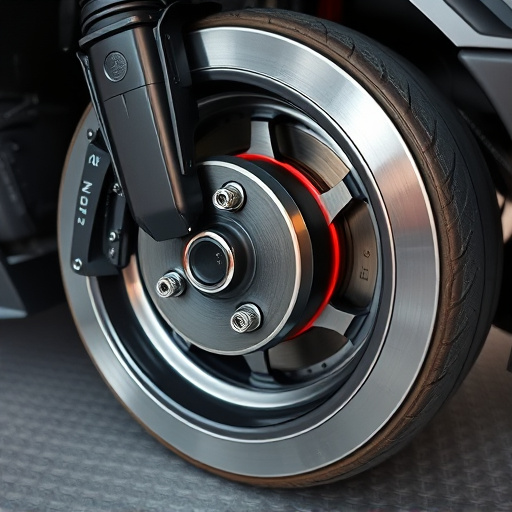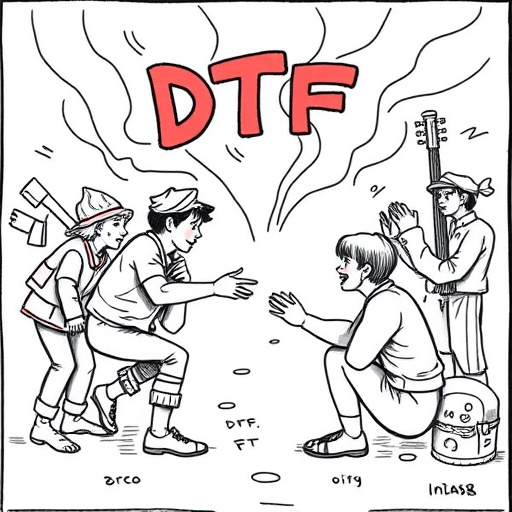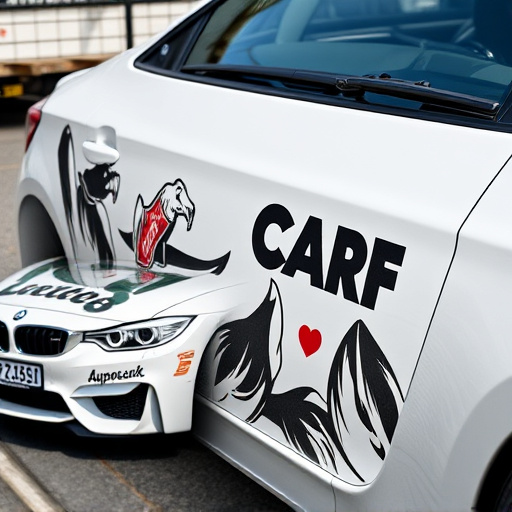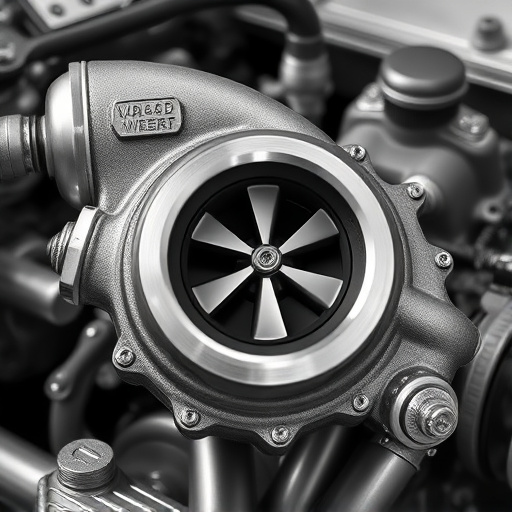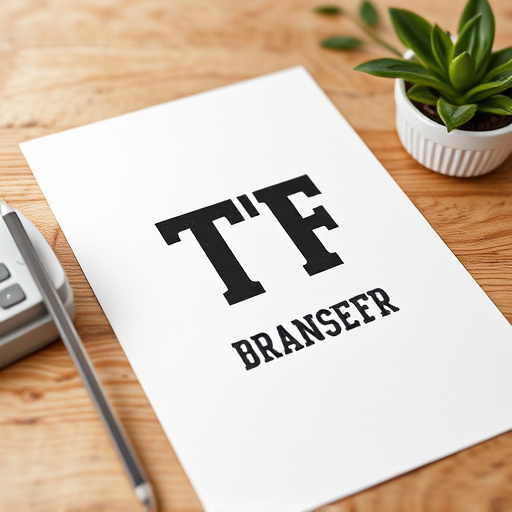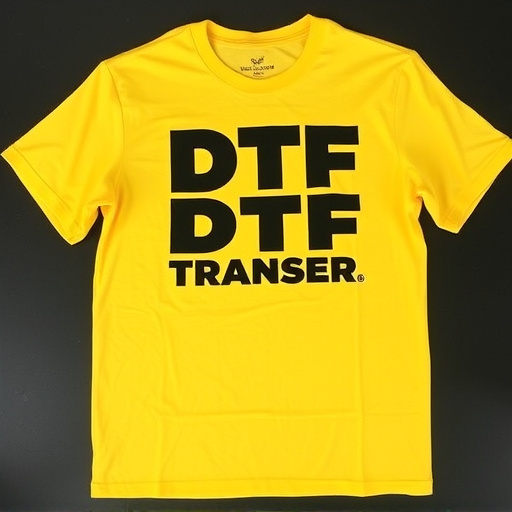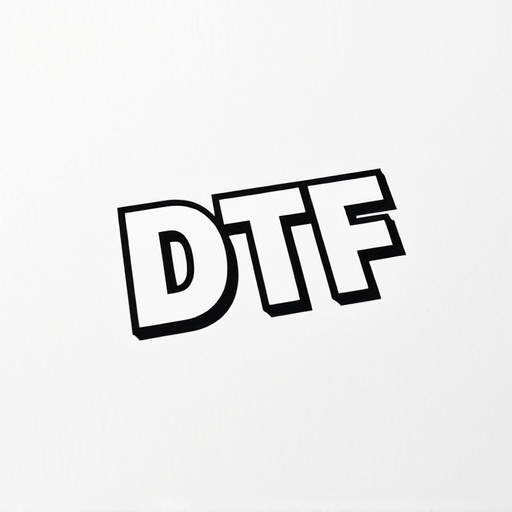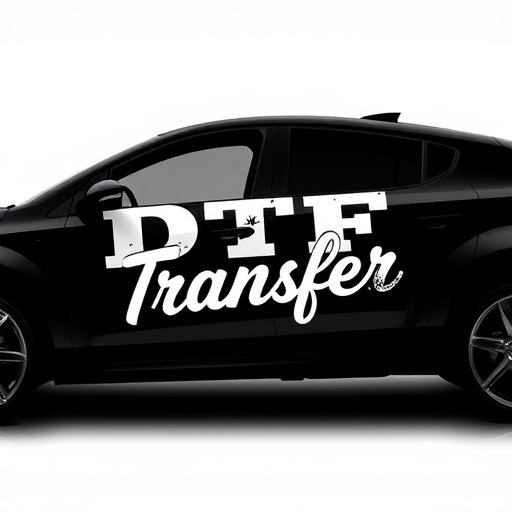Direct-to-film (DTF) transfer and dye sublimation printing are two cutting-edge techniques for producing high-quality custom prints. DTF offers a versatile, fast method suitable for textiles, plastics, and metals with vibrant colors and intricate details. Dye sublimation, meanwhile, provides excellent color reproduction and durability for large-format prints on polyester using infused dyes. Choosing between them depends on factors like resolution, material type, batch size, and cost—with DTF offering lower initial costs and dye sublimation investing in specialized equipment but potentially paying off over time for larger orders.
Direct-to-film (DTF) transfers and dye sublimation printing are two distinct methods for creating high-quality prints. This article delves into the nuances of these processes, offering a comprehensive overview of DTF transfer—its mechanics, advantages, and limitations—and exploring why dye sublimation printing emerges as an alternative. By comparing key differences in image quality, resolution, cost, and applications, readers gain insights to make informed choices for their specific needs.
- Understanding Direct-to-Film (DTF) Transfer: A Comprehensive Overview
- Dye Sublimation Printing: The Alternative Process
- Key Differences Between DTF Transfer and Dye Sublimation
- Image Quality and Resolution Comparison
- Applications and Use Cases for Each Printing Method
- Cost Analysis: Evaluating DTF vs. Dye Sublimation Prints
Understanding Direct-to-Film (DTF) Transfer: A Comprehensive Overview

Direct-to-Film (DTF) transfer is a printing process that has gained significant traction in the world of custom printing, offering a unique and efficient approach to creating high-quality prints directly on various materials, such as textiles, plastics, and metals. This technique involves transferring ink or dye onto a film, which is then pressed against the target substrate under heat and pressure, ensuring a precise and vibrant transfer. DTF Printing has revolutionized the way we produce custom items, from personalized apparel to branded promotional products.
The process begins with designing or uploading an image that will be printed. This design is then separated into layers, allowing for intricate details and fine lines. The DTF system uses advanced technology to precisely apply ink or dye onto the film, ensuring color accuracy and a wide range of possible print effects. Once the film is prepared, it’s heated and pressed against the substrate, creating a permanent bond. This method facilitates fast production times, making it an attractive option for businesses and individuals seeking quick turnaround times without compromising on quality. DTF prints are known for their durability and ability to produce vibrant colors, making them suitable for outdoor applications and long-lasting products.
Dye Sublimation Printing: The Alternative Process
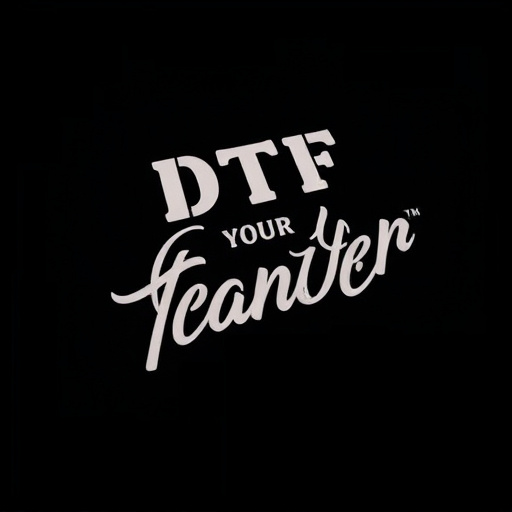
Dye Sublimation Printing offers an alternative process to traditional DTF Transfers, providing a unique and vibrant way to create high-quality prints. Unlike direct-to-film transfers that apply pigment to a surface, sublimation involves transferring dye into the fabric fibers themselves. This method is especially popular for creating rich, full-color images on various materials like polyester and nylon.
The process starts by applying heat and pressure to dye-infused paper, causing the dye to vaporize and permeate the substrate. As a result, you achieve vivid colors and exceptional detail in DTF prints. This technique is renowned for its ability to produce soft, durable, and long-lasting prints, making it a preferred choice for various applications, from clothing design to promotional merchandise.
Key Differences Between DTF Transfer and Dye Sublimation
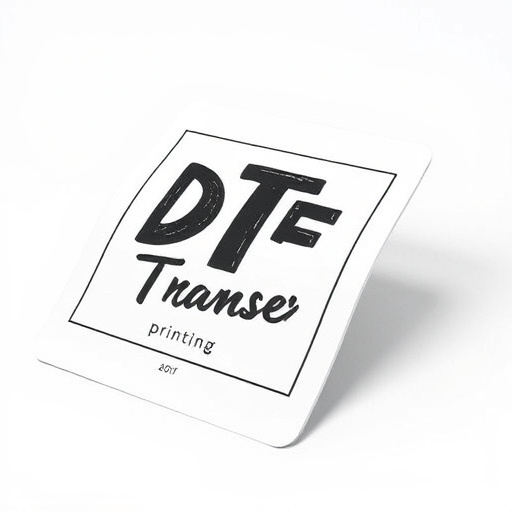
Direct-to-film (DTF) transfer and dye sublimation printing are two distinct methods for creating high-quality prints on various materials, each with its unique advantages and applications. The key differences lie in their production processes and the types of results they yield. DTF involves applying ink directly onto a receiving film, which is then cured under heat and pressure to transfer the design onto a substrate like textile or plastic. This method is highly versatile, allowing for detailed, vibrant prints on numerous surfaces without the need for complex set-ups.
On the other hand, dye sublimation printing uses a different approach where images are first transferred as a solid dye onto a special paper, which then undergoes heat and pressure to diffuse the color directly into the substrate material. This results in incredibly sharp, full-color prints with exceptional clarity and vibrancy, making it ideal for applications that demand high-resolution graphics, such as marketing materials and photo prints. Dye sublimation printing typically requires specialized equipment but offers a broader range of material compatibility compared to DTF transfer.
Image Quality and Resolution Comparison

When comparing Direct-to-Film (DTF) transfers and dye sublimation printing, image quality and resolution are key considerations. DTF transfers offer a high level of detail and clarity, as they are essentially digital prints applied directly to the medium. This process allows for intricate patterns, sharp edges, and vibrant colors, making DTF prints highly suitable for photos and fine art. The resolution can reach impressive levels, ensuring that even minute details are captured accurately.
In contrast, dye sublimation printing produces images by infusing dyes into a porous substrate, typically polyester. While it provides excellent color reproduction and a smooth finish, the resolution might not match the precision of DTF transfers. Dye sublimation is often preferred for larger-scale prints or applications where durability and lightfastness are essential. However, for smaller, high-detail works, DTF transfers can deliver superior visual fidelity.
Applications and Use Cases for Each Printing Method
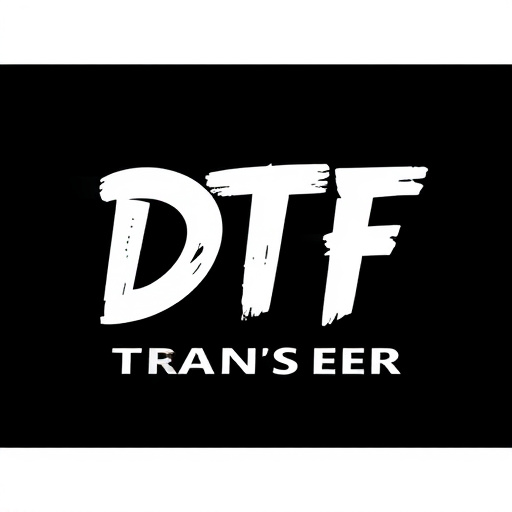
Direct-to-film (DTF) transfers and dye sublimation printing are two distinct methods with unique applications in various industries. DTF transfers have gained popularity for their versatility and speed, especially in the fields of textiles and promotional products. This method allows for high-quality prints on a wide range of materials, including fabric, plastic, and metal. It is often used for creating custom apparel, accessories, and branded merchandise, enabling businesses to offer unique designs with quick turnaround times. For instance, DTF printing can efficiently produce small batches or even single items with intricate details and vibrant colors, making it ideal for pop-up stores, events, or limited-edition releases.
On the other hand, dye sublimation printing has its strengths in creating full-color, high-resolution images on various substrates, particularly polyester-based materials. It is widely used in photo printing, art reproduction, and the production of posters, banners, and backdrops. The process involves infusing dye into the substrate, resulting in deep colors and exceptional image quality. Dye sublimation is a preferred choice for professional photographers, artists, and print shops requiring precise color representation and large-format printing capabilities. This method ensures that complex designs with fine details and gradients are reproduced accurately, making it suitable for various creative and commercial applications.
Cost Analysis: Evaluating DTF vs. Dye Sublimation Prints
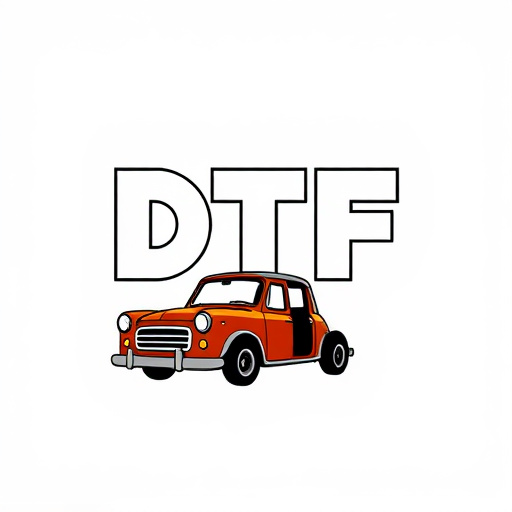
Direct-to-film (DTF) transfers and dye sublimation printing are two distinct methods for producing high-quality prints, each with its unique cost implications. When comparing DTF vs. dye sublimation prints, the initial investment in equipment can vary significantly. Dye sublimation requires specialized machinery, including printers and heat press machines, which tend to be more expensive upfront. In contrast, DTF transfers often involve lower initial costs for materials and equipment since they don’t necessitate complex machinery.
Over time, however, the cost picture can shift. Dye sublimation offers superior longevity and vibrancy in prints, which may reduce the need for frequent reprints. Conversely, DTF transfers might be more economical for small-batch or one-off projects due to their ease of use and lower material costs. Ultimately, the choice between DTF and dye sublimation printing should consider both initial setup expenses and long-term operational costs to determine the most cost-effective solution for a given project.
